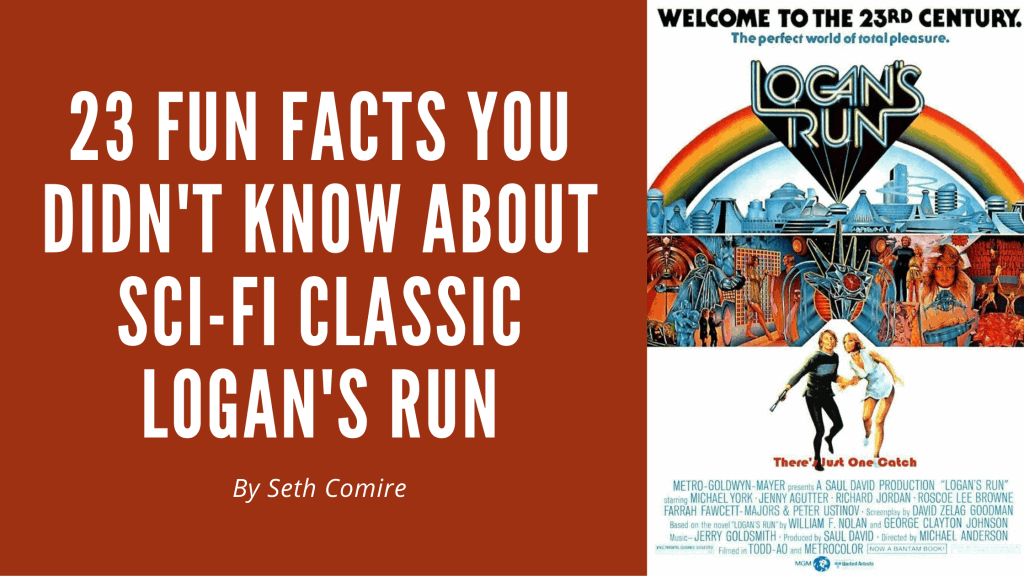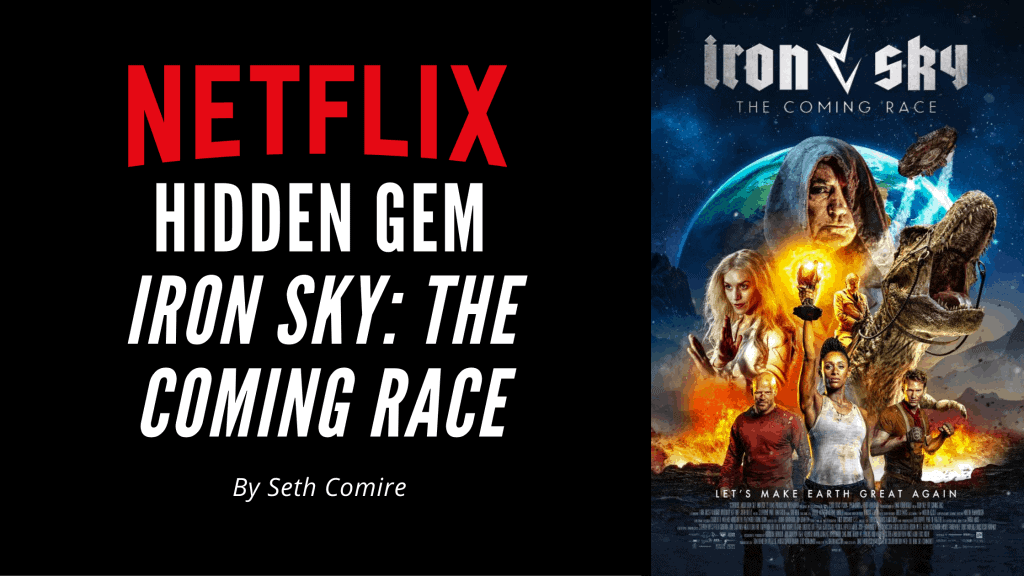Like any movie, the 1982 version of Blade Runner is a product of its time. Therefore, its depiction of the future is a product of what existed during the late 70s and early 80s. Does the movie accurately reflect the time we live in now, or has it been outdated by the rapid pace of technological change? To answer this question, we need to look at the movie’s predictions of the world in 2019 and compare them with the world as we know it.
The moral and philosophical dilemmas that computers and artificial intelligence would entail are present in a series of science fiction books from the 1960s and 1970s, including the book in which director Ridley Scott based Blade Runner: Philip K. Dick’s novel Do Androids Dream of Electric Sheep?. It is one of his most famous works, and he spent a lot of time thinking about the animal kingdom. Despite its rising fame as a science fiction film and its high-profile release in the USA in 1982, Bladerunner was a colossal bomb in its day.
The world of Blade Runner was an exciting vision of the near future. The film became one of the most talked-about science fiction films of all time. If you haven’t watched it yet, take a look at Ridley Scott’s 1982 original, then the modern update in Blade Runner 2049.
Many consider Blade Runner the greatest science fiction film of all time. There is a lot of discussion on the Internet and even in the film industry itself.
Blade Runner’s Plot
Blade Runner is a thrill ride as Rick Deckard, a bounty hunter type of police officer (aka Blade Runner) hunts Nexus-6 replicants around San Francisco, a futuristic Hong Kong/New York City type of metropolis. The Nexus-6 replicants were a series of genetically engineered humanoid beings developed by Eldon Tyrell and mass-produced through the Tyrell Corporation.
Pulsating tension grows as Deckard hunts down four murderous replicants who have escaped Mars and recently entered Earth. As Deckard eliminates the replicants one-by-one, he begins to question his job’s morality and whether replicants had the right to live.
Ultimately, Deckard falls in love with another Nexus-6 replicant, Rachael, which raises the question of whether the bounty hunter is a replicant or not, something that Blade Runner has never clearly answered. For director Ridley Scott, the answer, however clear, is that he is (source). He is one of the film’s essential characters, but not the only one, not even the best one.
Do you love Ridley Scott movies? Check out this post to learn more about one of his other famous sci-fi movies!
Blade Runner’s Version of 2019 Versus Reality
Blade Runner was a battering-ram packed with predictions about technology and the future, and it managed to predict several present-day and every day realities accurately. Blade Runner’s vision of a future full of flying cars, drones, robots, and artificial intelligence is pretty close.
Futuristic San Francisco of 2019 – Accurate (sort of)
In reality, pollution and overpopulation have turned cities like Los Angeles and Tokyo into depressing mega-cities. Blade Runner imagined a futuristic neon-colored aesthetic of the early 1980s, but pollution, overproduction, the rise of artificial intelligence, and the rapid growth of technology have turned it into a dystopian dystopia. Locked in a permanent neon-lit night, it has degenerated from a horizon of vast fields and dystopian towers into a neon-lit night sky without light.
The Blade Runner version of San Francisco, set in 2019, depicts a combined version of New York City and Hong Kong. Much of the futuristic San Francisco aesthetic stems from the peep-show and adult theater infestation of Times Square in New York City of the 1970s and 1980s.
Looking at how San Francisco looked in the movie’s version of 2019 looks different than what San Francisco looks like today; however, it ‘hit the nail on the head’ by capturing the digital signage of both NYC and Hong Kong today.
See the images below for what each looked like in the 1970s, what S.F. looked like in Blade Runner, and what each looks like today.
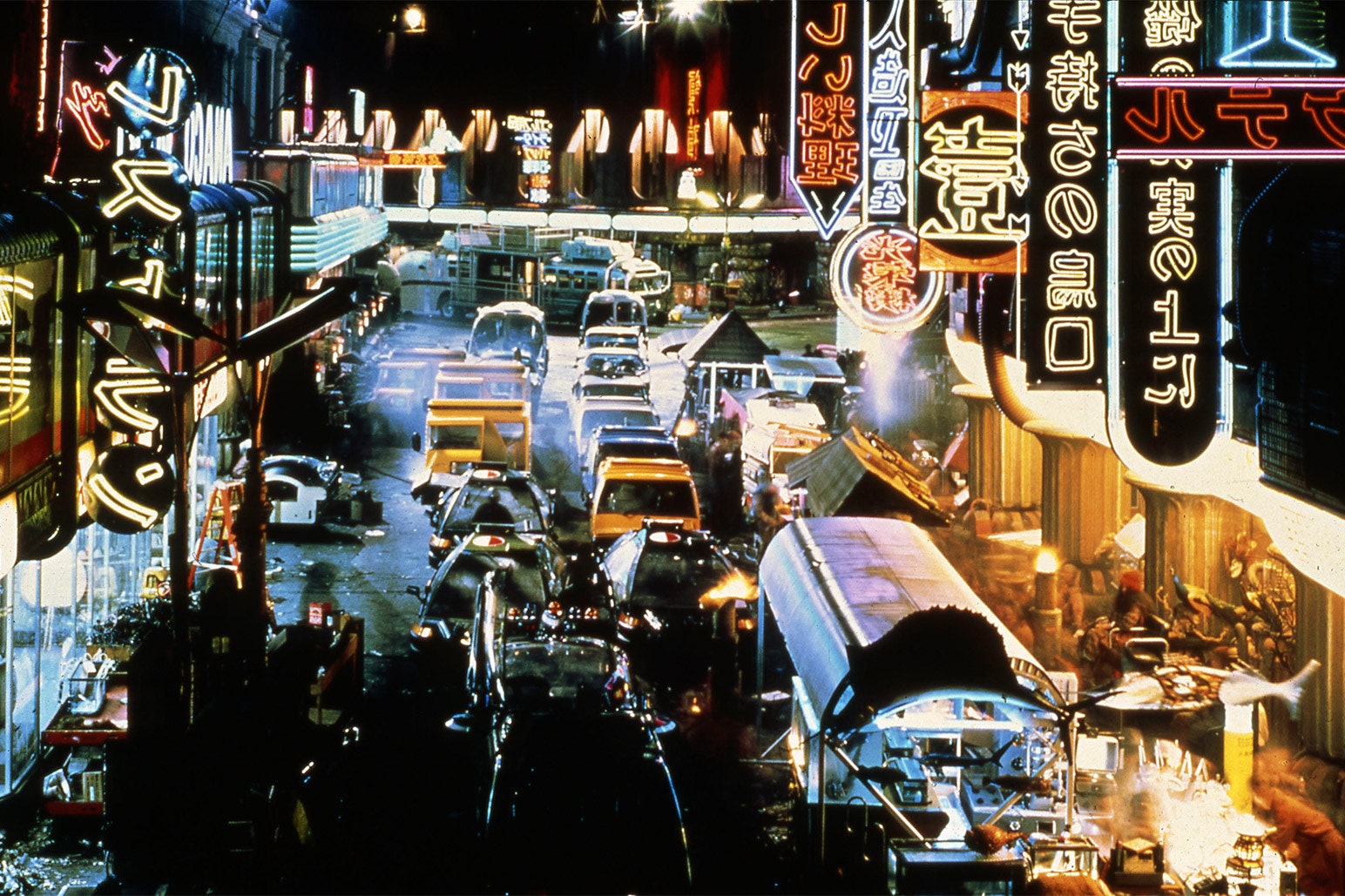

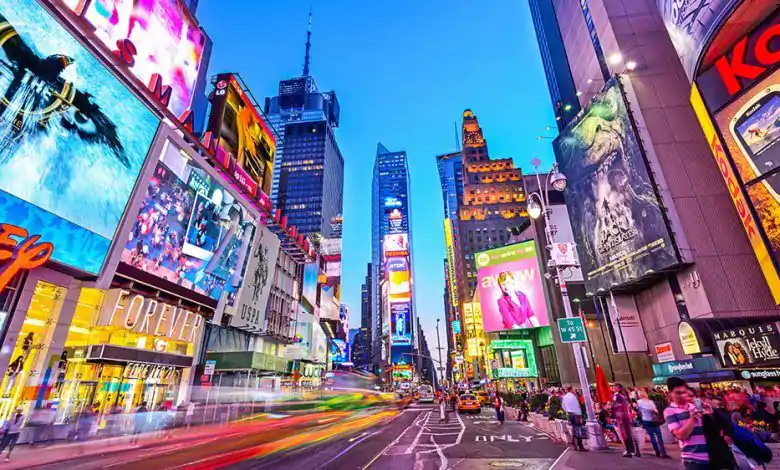

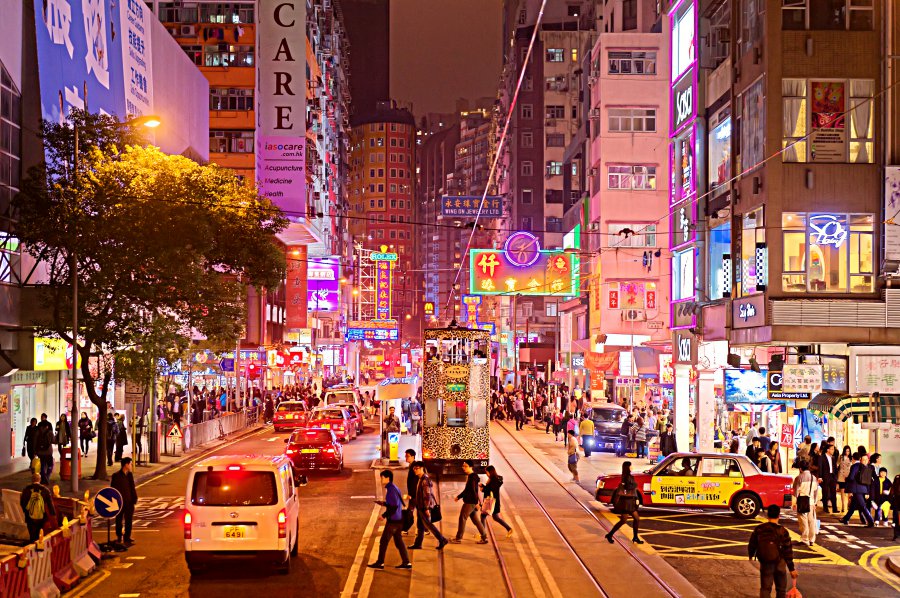
Replicants Used for Labor – Inaccurate
Modern advances in gene editing and DNA assessment undoubtedly appear futuristic to most people born before Blade Runner premiered in 1982, but these advances fail to meet the standard set by the movie.
The closest accomplishment to replicants are still mechanical robots, and they sure aren’t “virtually identical to a human,” as described in Blade Runner. Even the robots that come close to looking human lack any form of advanced artificial intelligence, let alone sentience.
However, A.I. is getting smarter. Deep fake images and videos cause quite a stir when discovered on the Internet. Check out these two recently-created deep fakes depicting Sebastian Stan as Mark Hamill’s Luke Skywalker and Millie Bobby Brown as Carrie Fisher’s Princess Leia from Star Wars.
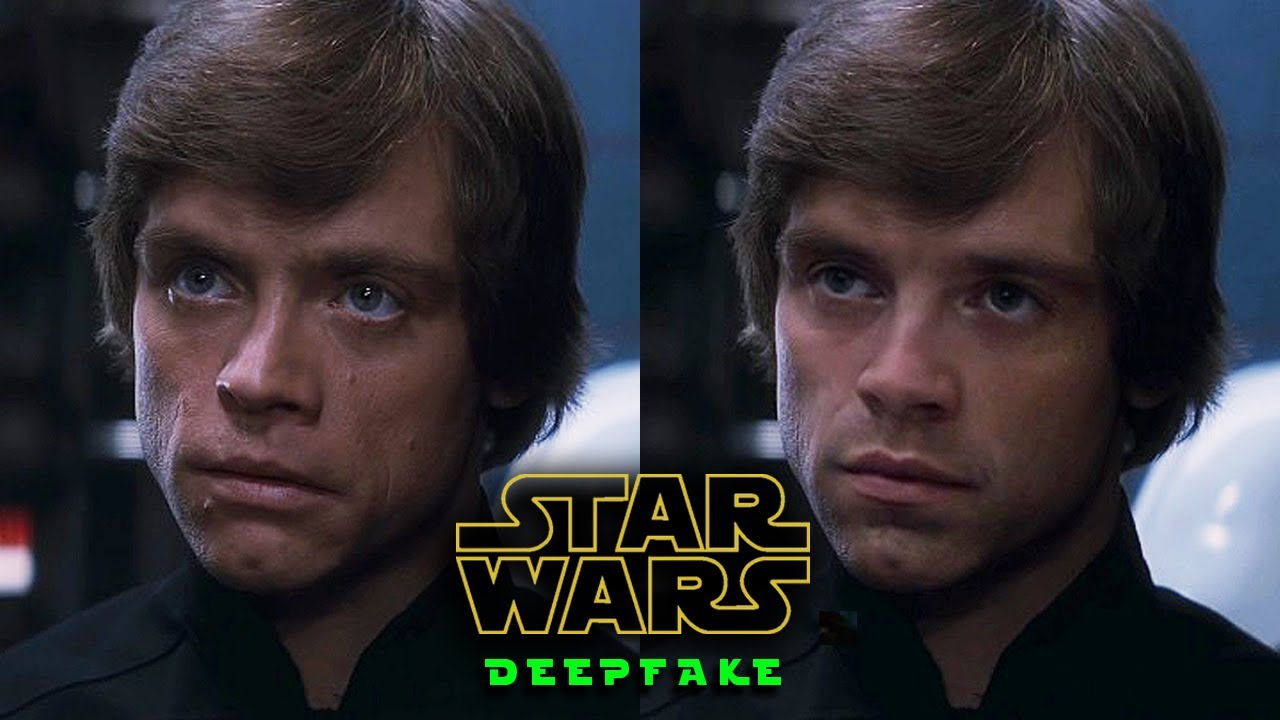
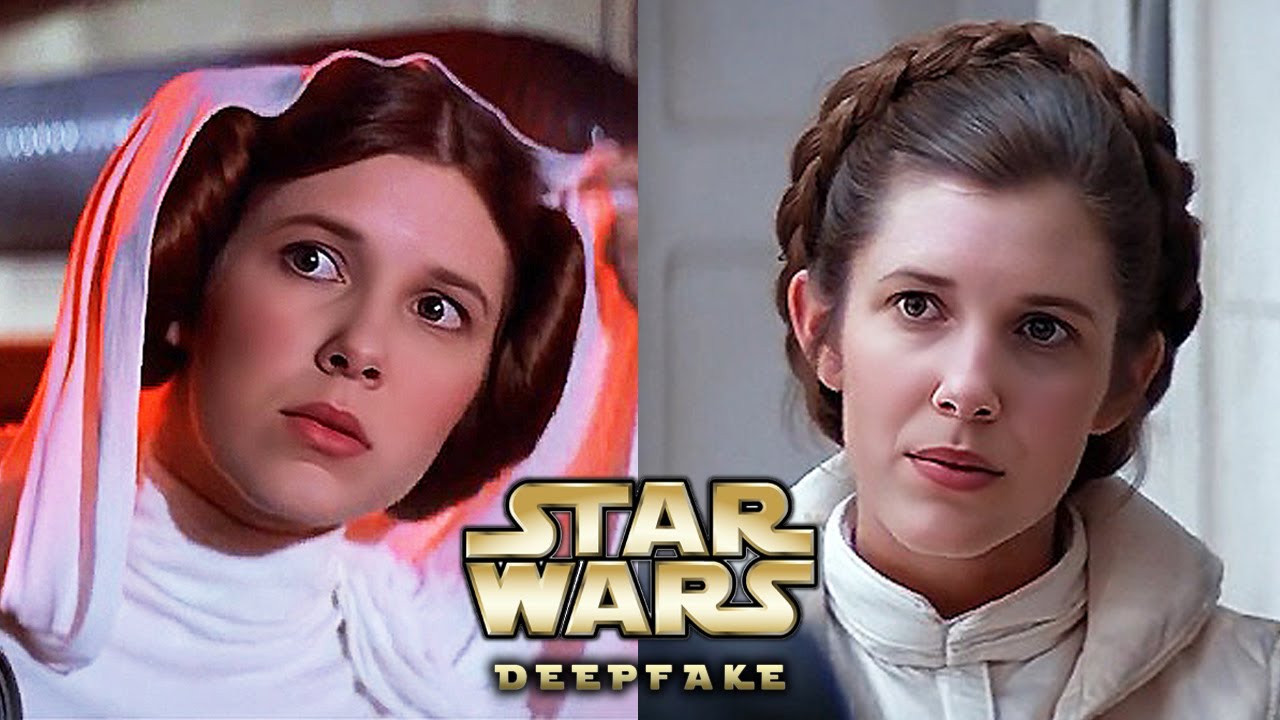
Despite the advances in A.I., we are still a long way from creating replicants – genetically modified humans superior in strength and intellect.
Wide Use of Video Calls – Accurate
If I were to choose just one prediction Blade Runner made that overwhelmingly came true, it would be video calls. Deckard’s video call with Rachael was ground-breaking at the time. Consider this: mobile phones weren’t available for consumers to purchase until the mid-1980s.
By 2019, millions (if not billions) of people use Skype, Apple’s FaceTime, Google’s Duo and Hangouts video calls, Facebook’s WhatsApp, and a ton of other options. Video call utilization spiked during the COVID-19 pandemic when teachers began using Zoom and other video call services to communicate lessons to their class remotely.
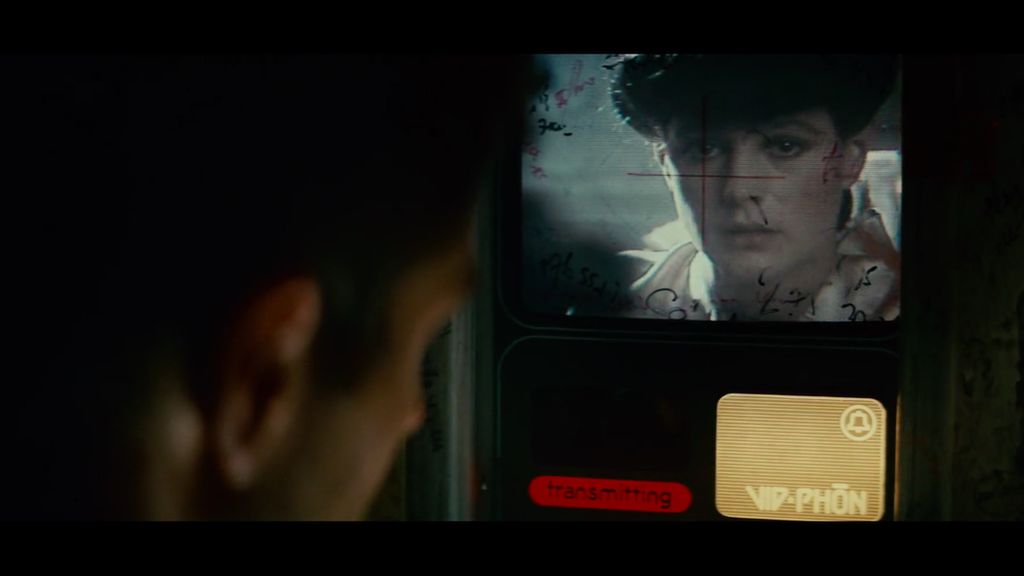

Everyone Owns a Flying Car – Inaccurate
I want my damn flying car. You know I do (I’ve written and complained about it in a few posts now). Flying cars existing in 2019 is quite far-fetched nowadays. I doubt they’ll ever exist at this point. Blade Runner’s flying cars (called Spinners) use three engines: conventional internal combustion, jet, and anti-gravity. We may not have flying cars, but we have something better: electric vehicles.
Spinners still used an internal combustion engine, which isn’t incredibly inaccurate. Most cars on the road today still use gas-powered combustion engines. But thanks to Elon Musk, we’re heading towards a cleaner, more Earth-friendly future through the use of electric cars.
We also have drones, which Blade Runner 2049 depicted, but the original Blade Runner did not. Transportation presents the most challenging future to predict. Before we get flying cars, we’ll travel in hyperloop trains, electric-powered vehicles, and probably even SpaceX rocketships journeying to Mars on vacation.
Humans Colonizing Mars
Here’s another incredibly ‘way off’ prediction: humans colonize Mars by 2019. We’re not there yet. Again, thanks to Elon Musk, we soon will (or at least if you believe in him). However, there’s much more to colonizing Mars than only traveling there.
With an average temperature of -81 degrees F, the red planet isn’t exactly hospitable to humans. Its atmosphere consists mostly of carbon dioxide, while Earth’s consists of nitrogen, oxygen, argon, and others.
If we were to breathe the air in Mars’s atmosphere, our body’s CO2 level would combine with water to make carbonic acid, which makes the blood acidic, thus lowering our blood pH. When excessive levels of CO2 exist, our bodies enter acidosis. In acidosis, our central nervous system functions are depressed, then eventually fail. We’d die.
So what does that all mean? We need the technology from James Cameron’s Aliens movie: terraforming. In reality, terraforming doesn’t exist. From everything I’ve read related to terraforming, we’d essentially need nuclear fusion to power it. Humanity has yet to achieve real nuclear fusion (although we’re getting closer), so this pipe dream will have to wait.
Electric Animals Replace Pets – Inaccurate
The concept of a mass-extinction plays less of a role in Blade Runner than it does in the book that inspired it (Do Androids Dream of Electric Sheep?). Regardless, the concept of each work of fiction depicts most animals going extinct by 2019. Only the most affluent members of society own real animals.
In the book, Deckard owns an electric sheep (which is malfunctioning) and uses it to satiate his desire to appear successful in a society that judges you based on your pet. Owning an electric animal is even taboo, despite most people having one.
But how does this compare to reality?
Not so well. Most animal species are alive and well, whether in their natural habitat or wildlife reserves. However, this prediction may be premature rather than inaccurate. Check out the graph below from a 2008 study conducted by the U.S. Geological Survey and Idaho Cooperative Fish and Wildlife.
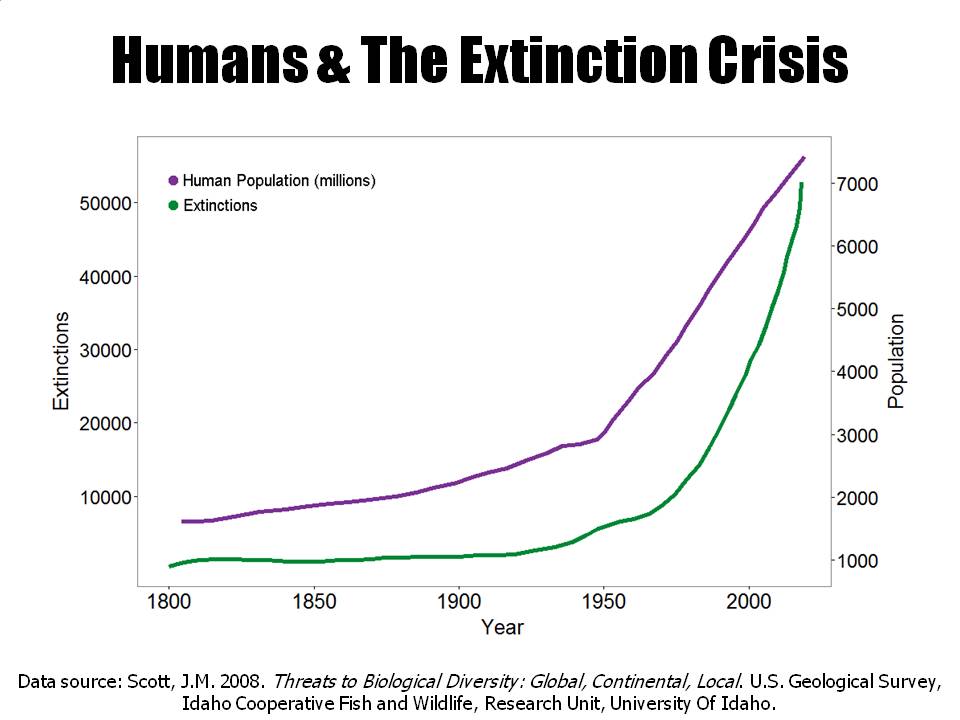
“[A]ll of these seemingly disparate phenomena trace to a single cause: the growing scale of the human enterprise. The rates, scales, kinds, and combinations of changes occurring now are fundamentally different from those at any other time in history. . . . We live on a human-dominated planet and the momentum of human population growth, together with the imperative for further economic development in most of the world, ensures that our dominance will increase.”
-The authors of Human Domination of Earth’s Ecosystems
Voice-Activated Technology – Accurate
The voice-first future of Blade Runner is here. Whether you use Google Assistant, Alexa, or Apple’s Siri, voice assistants have become a significant part of most people’s lives. That’s the case with me.
Blade Runner depicts voice-first technology multiple times throughout the film. First, Deckard confirms his identity before he enters his apartment building. That technology exists today in the form of smart locks and voice authentication.
Second, Deckard uses Esper, a voice-activated device in which he uses voice commands to assess a photograph while looking for clues. Check out the video below.
We are missing the one thing I want most: telling our screens to “enhance” a picture with low resolution. “Enhance!”
Conclusion
The funny thing about Blade Runner is that it’s one of the most important works of genre fiction film that never felt like the franchise we wanted. More and more of us think it’s a great film, and it continues to reflect modern trends and concerns.
Blade Runner may have looked like a wild science fiction fantasy in 1982, but in many ways, it’s still pretty close to reality today. Only time will tell whether Blade Runner 2049, set three decades from now, will be as close to what the world looked like then. I look forward to a follow-up post on that, assuming I’m still around!

